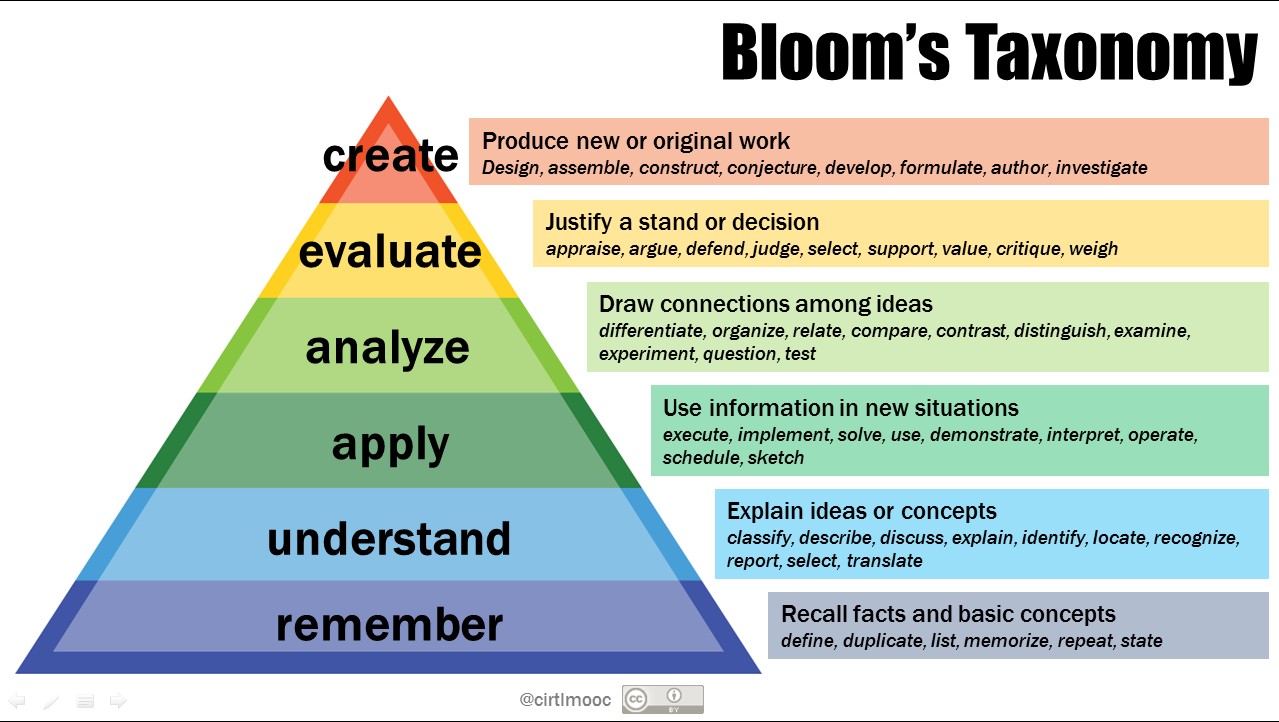I was first introduced to Universal Design several years ago in ECIT’s Technology, Pedagogy, and Curriculum class (ECIT now being a part of the ECDS, and TPC now including a research component, becoming TPC+R). I will be candid and say that it took me a while to understand the importance of the concept; while I was thinking of it simply as a way to provide accommodations to a student with a disability, it seemed like a back-up plan, and one that I would implement only in the specific case where a student requested it. When I thought about it more, I realized that Universal Design actually entailed thinking about and accounting for the different ways that people navigate their world (including, but not limited to, their unique learning styles), regardless of ability. Based on whatever combination of factors (demographics, DNA, past experiences) we all perceive, interpret, and learn from our environments differently, so it just makes sense to provide multiple ways to access material, for the good of all of our students and not just those with disabilities.
For me, the three networks were yet another way to think about Universal Design, and one that I had not encountered before (previously, I thought of it more in terms of sensory modalities). One thing I particularly like is that it breaks down the strategies by the motivations of the individual learners and provides suggestions for appealing to each set. I think it would be really interesting if there were a self-test to figure out what sort of learner a person was, because I would definitely make a class of students take the test and (anonymously) report their results back to me. It might allow for more targeted teaching strategies, and I think it might be illuminating and beneficial for the students to learn that sort of thing about themselves.
To increase accessibility in my own classes, I think I should definitely record (and then share) our classroom sessions. Providing access to classes after-the-fact would alleviate the burden on students to write down every important thing they hear during lecture, and free them up to engage in discussion. Also, I need to plan my board work in advance and commit to doing it the entire class session—currently, I tend to write things on the board haphazardly when it occurs to me, and that doesn’t do anyone any favors. In an online or blended classroom, I think I would be forced to do both of the things more thoughtfully, which is probably a really good thing. Finally, I’ve mentioned before on the blog how I’d like to incorporate Voice Thread (using it to lay out difficult concepts in small chunks and allowing students to ask questions about the individual pieces), and that is still something I’d like to do, regardless of classroom setting. One thing the readings made me realize, however, is that I’d need to include closed-captioning for any audio recordings I included.
My questions about this topic derive from my own experiences as a student: how does an instructor assess students who might be reticent to engage across a particular medium but very comfortable using another? Should the instructor require participation across every medium (blog posts, asking questions during synchronous sessions) or kind of grade them as a whole (student is very active in the blog but quiet in synchronous sessions)? I ask because I write pages and pages given the opportunity (as seen here multiple times, sorry y’all!) and develop All of the Opinions, but I actually never speak in traditional classrooms, and the mere thought of it makes me nervous. I’m just a lot more comfortable writing than speaking, because there is more time for reflection, and processing, and editing. (I actually thought I’d be a terrible student in an online classroom, but having blog posts as a main component of this class has actually made me engage with the content a lot more than I might have as a student in face-to-face classes.) And that leads to a follow-up question: to what extent should we, as instructors, push students out of their comfort zone, specifically in terms of their mode of engagement?
